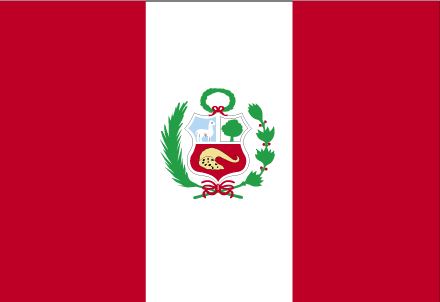In many places, slang is a natural inhabitant of the Spanish language. It’s so common, and yet so often different depending on the country, that people can sometimes find themselves in an embarrassing situation saying something they didn’t intend. It is particularly prevalent in Peru, where so many native languages and cultures intermingle. So taking that into consideration, here is a guide to some of the most common words you might encounter and what they mean.
Originally referring to a stuck up or snobbish person, the word “pituco/a” can sometimes be used to designate a person from one of the wealthier neighborhoods or, more commonly, a particular way of speaking. The “pituco” intonation draws out the nouns a bit longer and is usually accompanied by a deeper, slightly more bored tone of voice. This can sometimes be so dramatized that the word “gracias” makes you feel as if the “a” is falling down a hole, only to barely come out again by the end of the word.
On a lighter note, hearing a young woman referred to as “flaca” or a young man referred to as “flaco” is not uncommon. It is a friendly way of injecting casualness into an exchange, much the same way “amigo” works when you call a waiter or want to get someone’s attention for some other reason. However, this particular word is not used ironically, so if the girl really isn’t “flaca” – as is sometimes the case – there’s probably no harm intended.
This last term can also be used to denote a girlfriend, as can “costilla” (literally “rib”, of the Adam and Eve variety.) Another common one is “patas” to refer to one’s friends. A popular advertisement currently on the radio sells a large Pepsi that you can share with your “patas”, for example. The same youngish groups that you would hear using these terms might also say “bacán” or “chévere”. Both are common ways to say “cool”, and can be heard flying around university campuses or seen on social media sites quite often.
Yet some slang words are simply abbreviations of regular Spanish words – “cole” for colegio, “cumple” for cumpleaños, “porfa” for por favor, or “grifo” for griferia. And still others are elusive as to their origin: you might go to work at your “chamba” (“job”), and afterwards have a cold “chela” (“beer”) with your friends (the respective verb forms being chambear and chelear), and at the end of the evening say “chaufa” to everyone (a take on the customary “chau” as goodbye.) To avoid any confusion, chaufa is also the fried rice that you get at a Chinese restaurant.
If you go to any of the local markets, you will probably hear customers calling the women who sell produce “seño”, with the emphasis on the first syllable. While it may sound more like señor to the uninitiated, it’s actually an endearing way to say señora.
As a final note, many things in Peru seem to revolve around beloved food items like chicken, potatoes and eggs. And the slang is no exception. Many of these are harmless, although some can be an insult if said with a particular inflection and directed at a person who isn’t a friend. As with many Spanish expressions, the key is in the intonation.





It’s a very good article about peruvian slang, I my opinion is accurate, I would add “cocos” for dollars and “habla” for hi.
In Argentina the word “pituco” has the same meaning.
Other words that mean “cool” are “paja” and “mostro” (though literally mean: straw and monster, respectively) the words “amigo/a” (speaking to an unknown person) and “chamba” are rarely used by “pitucos” these words are mainly used by inhabitants of Not wealthy neighborhoods.